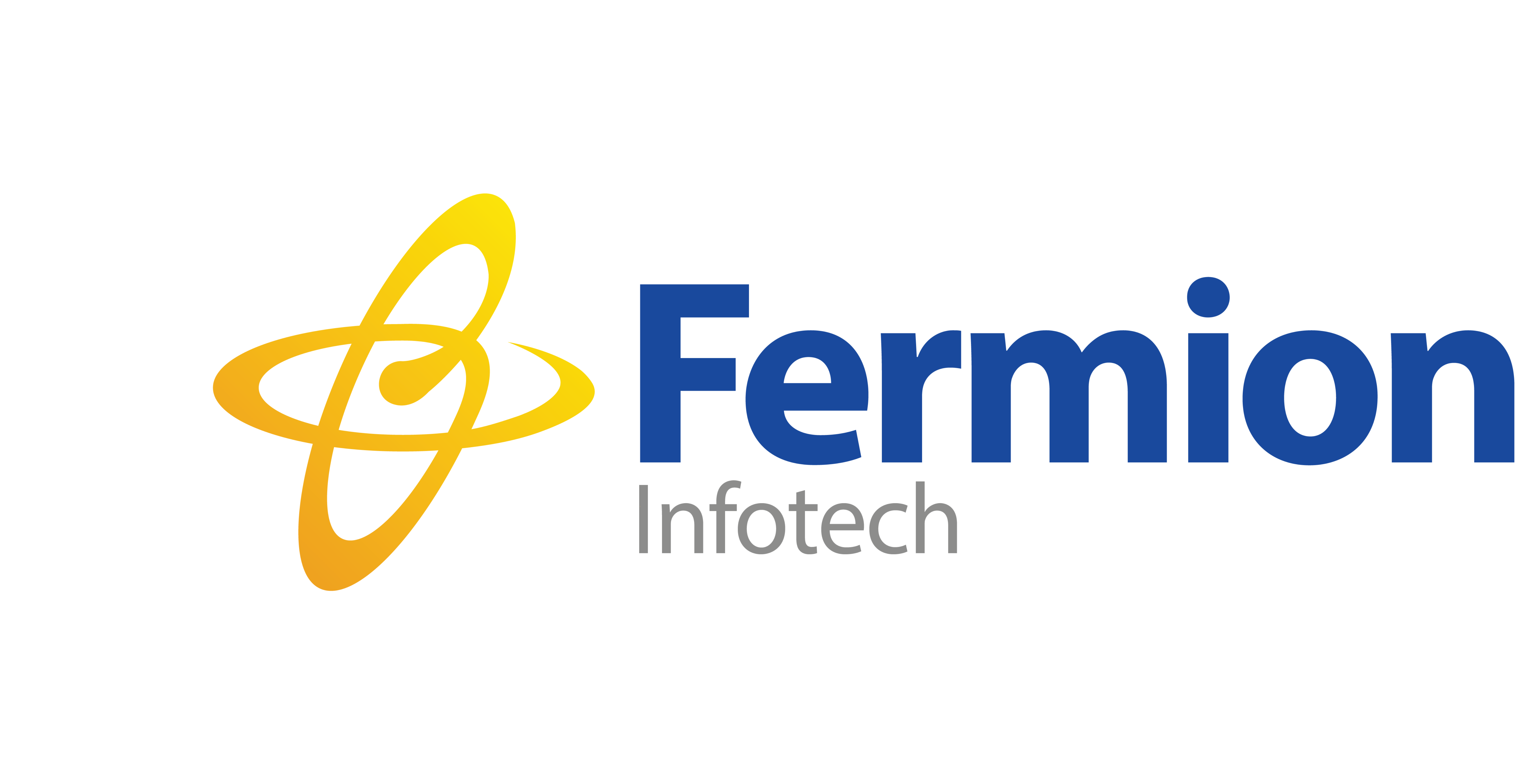
The traditional way of shopping, where we search, click, add to cart, and check out, is quickly becoming outdated. In markets like India, the new goal is “zero-click” purchasing.
This means advanced tech like AI and smart home devices (IoT) are taking over. They look at your past purchases and routines to predict what you need (like milk or printer ink) and re-order it automatically.
For tech companies, the job is to build software that makes this automation happen flawlessly, turning shopping into a completely invisible process.
Fermion Infotech, best software development company in India, specializes in custom software solutions needed to make shopping instantaneous, invisible, and hyper-personalized.
What is Zero-Click Shopping?
Zero-Click Shopping, or Autonomous E-commerce, is the ability for consumers to complete a purchase without manually navigating a website, filling a cart, or even clicking a ‘Buy Now’ button. Instead, technology anticipates and executes the purchase instantly based on context, past behavior, and pre-set preferences.
Key Zero-Click Channels:
- Voice Commerce (V-Commerce): Instant re-orders or personalized recommendations executed through smart speakers (like Amazon Alexa or Google Assistant) with a simple voice command.
- AI-Driven Auto-Replenishment: Systems, often linked to smart home devices or subscription models, automatically place an order when a product’s inventory is low (e.g., smart refrigerators ordering milk).
- Conversational Commerce: Using generative AI or advanced chatbots to handle the entire shopping process, from product discovery to secure payment, all within a messaging interface.
- Rich SERP Features: While often discussed in terms of search, the direct display of product details, pricing, and sometimes an immediate checkout option right on the Search Engine Results Page (SERP) is a powerful zero-click commerce vector.
The Zero-Click Opportunity in the Indian Market
India’s digital ecosystem is uniquely positioned for the zero-click revolution:
- Quick Commerce (Q-Commerce) Dominance: Indian consumers have embraced platforms like Zepto, Blinkit, and Swiggy Instamart for near-instant delivery of essentials. This rapid-delivery culture has normalized the idea of high-speed, minimal-friction transactions, setting the stage for full automation.
- UPI Automation & Subscriptions: The penetration of the Unified Payments Interface (UPI) and the rise of seamless auto-debit systems for subscription-based products (FMCG, beauty, wellness) provide the necessary frictionless payment infrastructure.
- ‘Hinglish’ and Voice Adoption: With a high mobile-first user base, voice search adoption, often in mixed languages (Hinglish), is rising. AI systems that can process and action complex, natural-language shopping requests are a major differentiator in the Indian market.
The shift is clear: The consumer priority is moving from “convenience” to “instantaneous and invisible” purchasing.
Software Solutions to Lead the Zero-Click Wave
For businesses and Direct-to-Consumer (D2C) brands in India, embracing zero-click is no longer optional—it’s essential for competitive differentiation. This creates a huge demand for cutting-edge software development.
1. Predictive AI and Machine Learning Models
- Solution: Developing predictive analytics software that analyses customer purchase history, seasonal trends, and even external factors (weather, local events) to forecast demand with high accuracy.
- Impact: Enables timely auto-replenishment offers and personalized, highly relevant product bundling, drastically increasing Customer Lifetime Value (CLV).
2. Advanced Conversational and Voice Integration
- Solution: Creating APIs and microservices that integrate the brand’s product catalogue with voice assistants (Alexa, Google Assistant) and generative AI platforms (like ChatGPT’s checkout protocols). This requires optimizing product data for Natural Language Processing (NLP).
- Impact: Allows customers to go from query (“re-order my usual coffee”) to confirm purchase in seconds, significantly reducing Customer Acquisition Cost (CAC) for repeat orders.
3. Hyper-Secure and Transparent Payment Stacks
- Solution: Integrating secure biometric authentication (face/fingerprint ID) with existing payment gateways like UPI AutoPay and wallets. Crucially, the system must comply with RBI regulations requiring transparent, easy-to-manage consent and cancellation flows for auto-debits to build consumer trust.
- Impact: Ensures instant and safe transactions, eliminating the friction of manual password entry or OTPs, which are major drop-off points.
4. Generative Engine Optimization (GEO)
- Solution: Shifting SEO strategies to Generative Engine Optimization (GEO). This involves restructuring e-commerce content using Schema Markup (Product, Review, Pricing) and authoritative, direct answer formats to ensure products and brand information are the source for AI Overviews and Featured Snippets, even if the customer never clicks through to the website.
- Impact: Maximizes brand visibility in a world where nearly 70% of searches end without a click, making your brand the trusted, immediate answer.
Final Thoughts
The zero-click future is about owning the automation layer. It is a challenge to traditional e-commerce but an unparalleled opportunity for software companies. By focusing on AI-driven personalization, secure UPI integration, and voice-first architecture, developers can build the transparent, reliable, and instantaneous platforms that will define the next decade of Indian e-commerce.
Don’t wait for the click; build the system that anticipates it.













